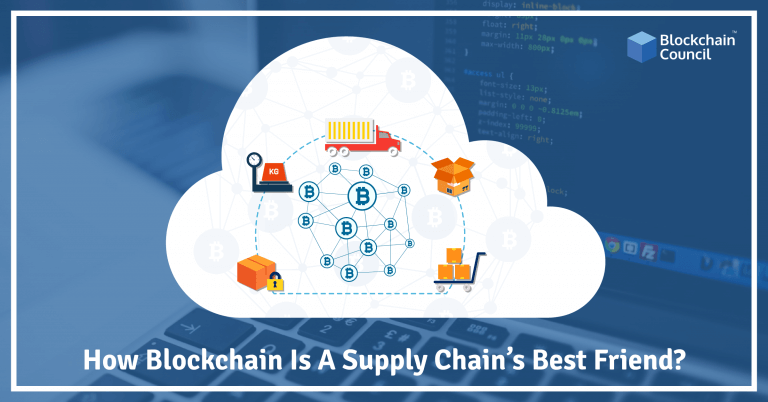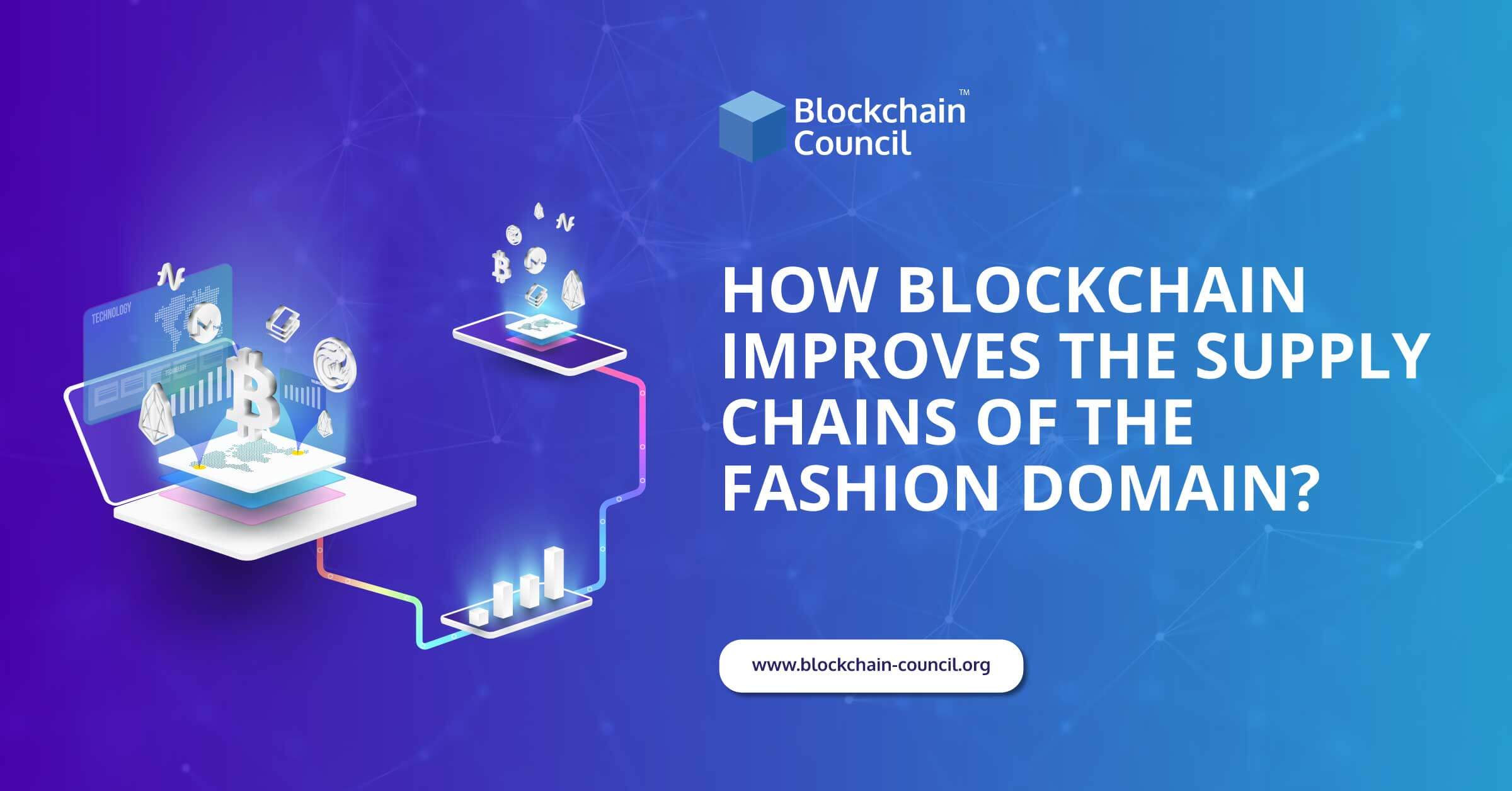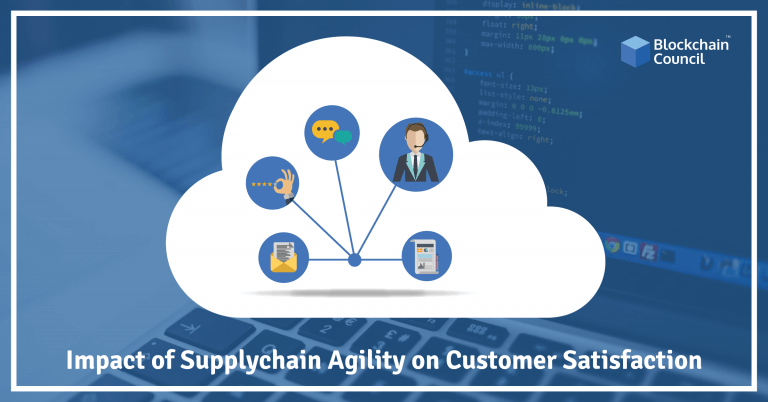
- Toshendra Kumar Sharma
- April 05, 2019
Have you ever wondered about the lifecycle of a product? It is indeed intriguing.
On your next trip to the supermarket, think about the various stages that a product had to undergo to reach your hands. This would include the raw materials, transporting of each and every raw material to the production plant, the processes it was subjected to, and the eventual steps of packaging and transportation to the Point of Sale (POS).
As you may have guessed, each and every product goes through numerous processes and also involves middlemen. Supply Chain Management involves active streamlining of an enterprise’s supply-side activities to maximize customer value and competitive advantage in the marketplace. Put simply; it means managing the flow of goods and services in an efficient manner.
How exactly does blockchain gain relevance in the global supply chain sector?
Being an integral part of businesses and ensuring the success of a business and customer satisfaction, the supply chain is extremely vital as it works creatively around disruptions, helps diagnose problems beforehand, deals with unexpected natural disasters, and in general, ensures smooth functioning of day-to-day product flows. In such an industry, blockchain helps by simplifying processes and workflows, enabling businesses to adapt to changing market conditions, and guaranteeing better outcomes.
Blockchain is used in the supply chain in the following areas:
1. Supplier Performance Management
It is important to have a detailed, metrics-based view about the performance of suppliers. These metrics can include quality, price, sourcing, volume, contract fulfillment, and rates of negative incidents. Blockchain acts as a single source of truth and offers validated transaction data which helps companies track key performance indicators. Using the smart contract layer of blockchain allows automation of business processes such as workflows and incentives. Such real-time performance measurement will foster reliable supply chain partnerships, ensure the quality of transactions, and improve process efficiency.
2. Trade Finance
A global supply chain operates mainly because of timely funds from banks and other institutions. As a part of this process, multiple copies of relevant documentation are generated. A shipment may involve the exchange of more than 30 documents at a given time. At times, this may also involve multiple revisions. This may lead to errors, delays, and even fraud.
Using a blockchain network helps in:
- Eliminating duplication errors.
- Reducing delays.
- Expediting documentation turnaround times.
- Avoiding late penalties.
- Reducing disputes.
3. Regulatory Compliance
It requires companies to provide periodic reports that comply with business and trade laws. It refers to aggregating all recorded information and presenting it in a government-mandated format. Using blockchain technology reduces the lag and cumbersomeness of compliance reporting. It allows the publishing of IoT-instrumented records and establishes an immutable audit trail. It allows companies to share records with parties outside the network such as customers.
A simple, real-life example of using blockchain in the supply chain would be ordering a life-saving cancer drug from a pharmacist. While reading product details, you noticed that it was mentioned that the medicine must be stored at below 20-degree Celsius, failing which it would be unfit to use. Though the pharmacist would have followed these instructions, how do you know that it was completely cared for during transit? The simple answer is that you don’t know. The simple solution would be to add microchip sensors which are regularly updated on a shared ledger. This will ensure that the medicine is stored in the required environment until it reaches you.
Undoubtedly, blockchains are transforming the way global business partners do business today. It saves time, thus driving agility. Blockchain networks prove to be an important support structure for the hyper-connected future encompassing emerging technologies.





































































 Guides
Guides News
News Blockchain
Blockchain Cryptocurrency
& Digital Assets
Cryptocurrency
& Digital Assets Web3
Web3 Metaverse & NFTs
Metaverse & NFTs
